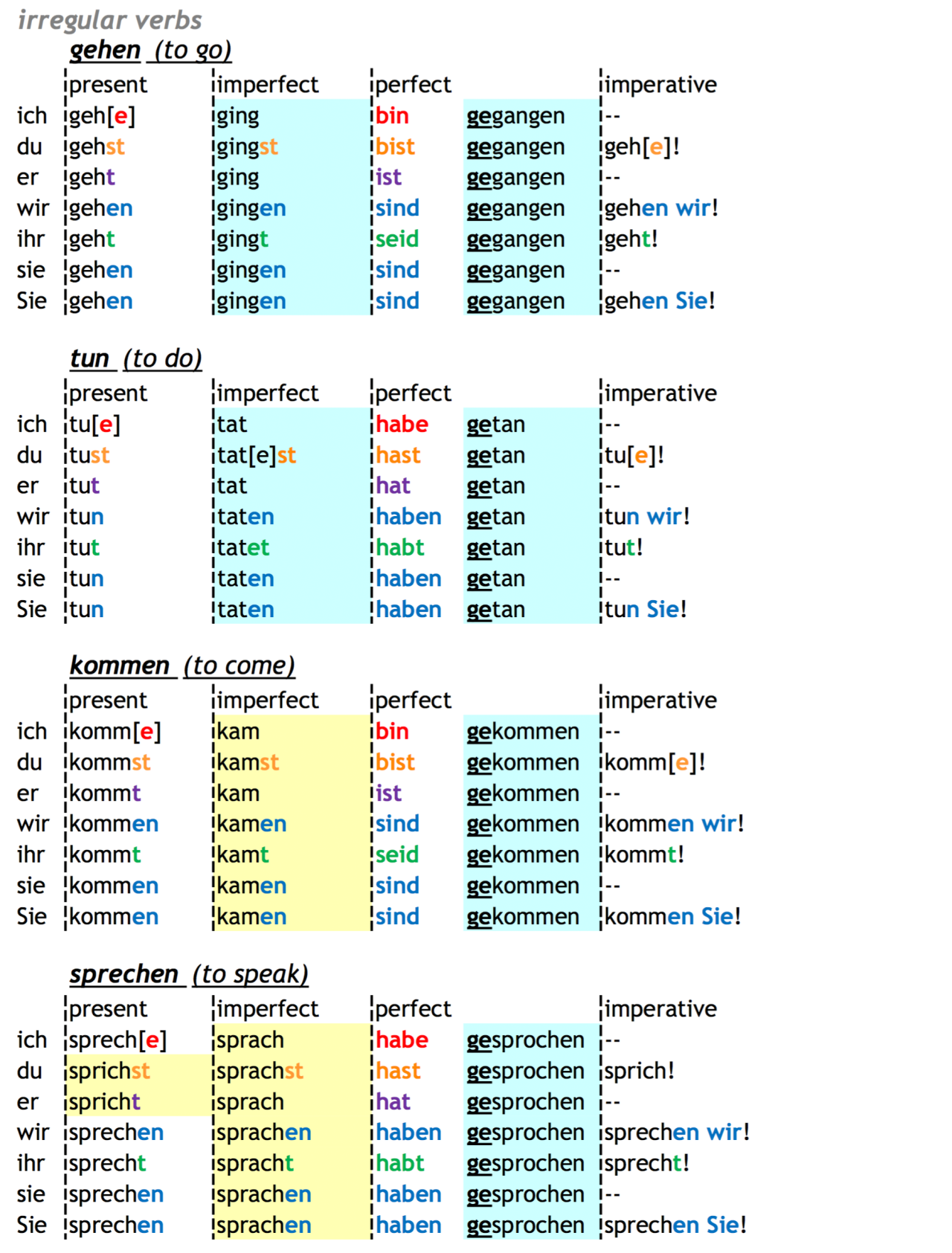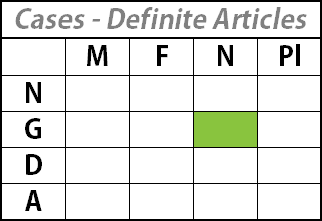

However, in most cases, there are no signals to indicate which gender a noun belongs to and you will need to learn the gender of each noun by heart. For example, a man in German is “ein Mann”, or “der Mann” if definite article is used, which tells you the noun is masculine whereas a woman is “eine Frau” or “die Frau” and, therefore, feminine. These articles tell you whether a noun associated with the article is masculine, feminine or neuter as all nouns in German have a grammatical gender (but this is not the same as biological gender). German uses two indefinite articles “ein” and “eine” which stand for “a” or “an” in English and three definite articles “der”, “die” and “das” that correspond to the English “the”. German Grammar Basics in Brief Articles and Grammatical Gender Below is a brief overview of the most important specifics of German grammar from the perspective of an English (native) speaker. If you learn to apply these rules correctly, you will soon be able to speak reasonably good German. That is, most of the German grammar rules are very logical and often related to grammar rules found in many other European languages. But for a language, having precise grammar rules is not all that bad after all. If you recall, the biggest differences between cases are their articles it’s not like in Latin or Russian where the ending of a noun changes - well, not ususally.īelow a table of what German cases look like with definite articles we’ve cut the genitive out for convenience’s sake.Many people, including German native-speakers themselves, believe that German is a difficult language to learn because of its complex grammar.

What the German dative look likeīefore we go over more examples to explain how all this works, let’s quickly recap what the most important changes are. While it may seem daunting at first, and there’s no guarantee you won’t mess up in the initial stages, if you apply yourself you’ll master the dative in just a few weeks.

German isn’t my native language and after some regular practice I even started to notice when people were using an accusative when it should have been a dative, especially in print. It’s confusing stuff, but thankfully there’s some good news: you can learn all this pretty quickly.

The next question is “who or what is the key going to?” and that gives us the indirect object, meaning we place the man in the dative. If we ask the question “who or what is given?” it’s clear it’s the key and thus it gets the accusative. If you just go by your gut, you may be tempted to think that the direct object is the man, but it’s not. The short version is that the accusative is on the receiving end of a verb, so in the next example the man is the object and thus in the accusative. That’s not only because you want to come across as clever and educated if you make a mistake in the sentence above you could end up giving a man to the key! Dative vs accusativeīecause we don’t really distinguish in English between the direct and indirect object, knowing when to choose the accusative and when the dative can be tricky. The upshot is that to make a grammatically correct sentence in German you need to do a little more than you do in English. So we can tell the boy is the subject of the sentence as his article is der, while the key is the accusative because of the article den.Īs the man is given something, he gets the dative article dem. In the English version of that sentence, all the nouns are the same in German, though, the articles changed to reflect their corresponding nouns’ function in the sentence.


 0 kommentar(er)
0 kommentar(er)
